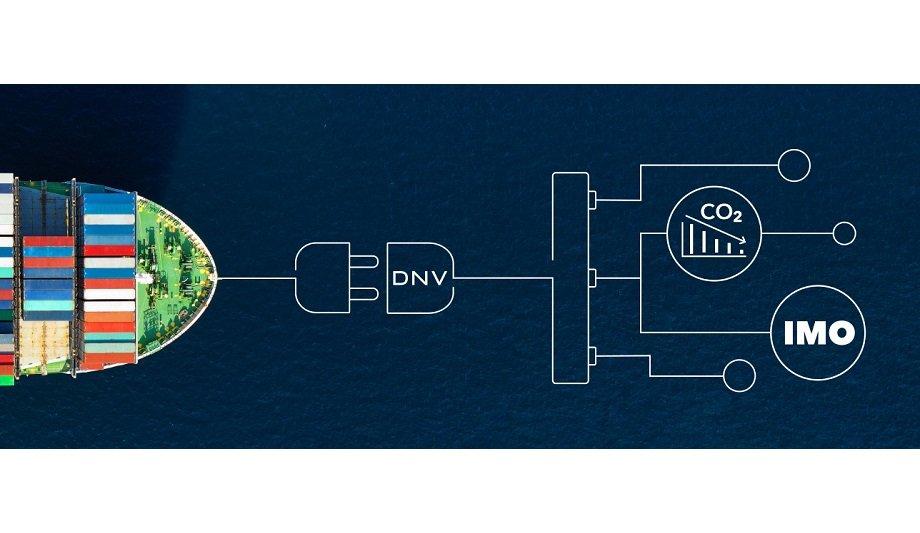DNV is set to launch its SEEMP III Generator as part of an integrated and easy digital solution to support customers in ensuring their compliance with SEEMP Part III verification.
The remaining SEEMP Part III guidelines are expected to be adopted and published on 10 June 2022 with the deadline for having the first SEEMP Part III verified and onboarded by 1 January 2023.
SEEMP Part III requirement
The SEEMP Part III forms part of IMO’s initial strategy to reduce greenhouse gas (GHG) emissions from ships, including the ambition to reduce the carbon intensity as an average across international shipping by at least 40% by 2030, pursuing efforts toward 70% by 2050 compared to 2008.
The requirement will require affected vessels to submit a three-year implementation plan describing how they will achieve the required Carbon Intensity Indicator (CII).
Efficient transfer
For vessels obtaining an inferior rating, the SEEMP III report must be updated with a corrective action plan
The IMO’s CII will rate MARPOL ship types above 5,000 GT on a scale from A to E on how efficiently they transport goods or passengers with regards to CO2 emitted.
For vessels obtaining an inferior rating, the SEEMP III report must be updated with a corrective action plan which must be verified before a Statement of Compliance (SoC) can be issued.
Gaining compliance
“With only six months to go to ensure compliance with the new MARPOL regulation and meet the SEEMP III verification deadline, ship owners need to take immediate action,” said Sven Dudszus, Head of GHG Certification at DNV Maritime.
“Through our considerable experience running DCS and Emissions Insights reporting for our customers, DNV is uniquely positioned to take the pressure off customers, giving them the peace of mind that they can achieve compliance in this relatively tight time frame.”
Importance of SEEMP Part III
The SEEMP Part III is intended to help companies achieve the required CII. It is a dynamic document subject to regular updates and revisions, reflecting the changing performance and required measures.
To help customers tackle the impending SEEMP III challenge, DNV has developed two pathways.
SEEMP III Generator tool
With customer data already available in the system, customers will be able to gain the initial fleet overview quickly
The SEEMP III Generator tool is a part of a wider suite of DNV digital tools and is free of charge for DNV customers. With customer data already available in the system, customers will be able to gain the initial fleet overview quickly.
The system will propose energy efficiency measures, helping the vessel operator reach the required CII and improve fuel-efficient operations.
Integrated solution
This integrated solution is the next step in the emissions management needs of a vessel, effectively becoming a working carbon intensity management platform.
The online tool will also help reduce paperwork and its streamlined process can be used by both ship managers and third-party consultants working on behalf of DNV DCS customers.
Cost-effective operational measures
DNV Maritime Advisory will give ship operators additional support and insights into cost-effective measures
In the case of inferior ratings and specific needs, DNV can support customers through the creation of GHG reduction plans.
DNV Maritime Advisory will give ship operators additional support and insights into cost-effective operational, technical, and alternative fuel abatement measures available to them. Ultimately ensuring compliance in line with overall ambitions.
User-friendly tool
Scorpio Marine Management was invited to participate in the pilot project for the development of DNV's SEEMP III Generator. Following the successful collaboration in the pilot project, Scorpio can confirm the added value the SEEMP III Generator will provide in achieving the required compliance within the allotted time.
Capt F. Bhathena, Director, Systems & Processes, said, “The user-friendly SEEMP III digital tool forms an important addition to DNV’s bouquet of digital applications, helping DCS clients to save valuable time on fleet-wide emissions planning via a single platform.”
